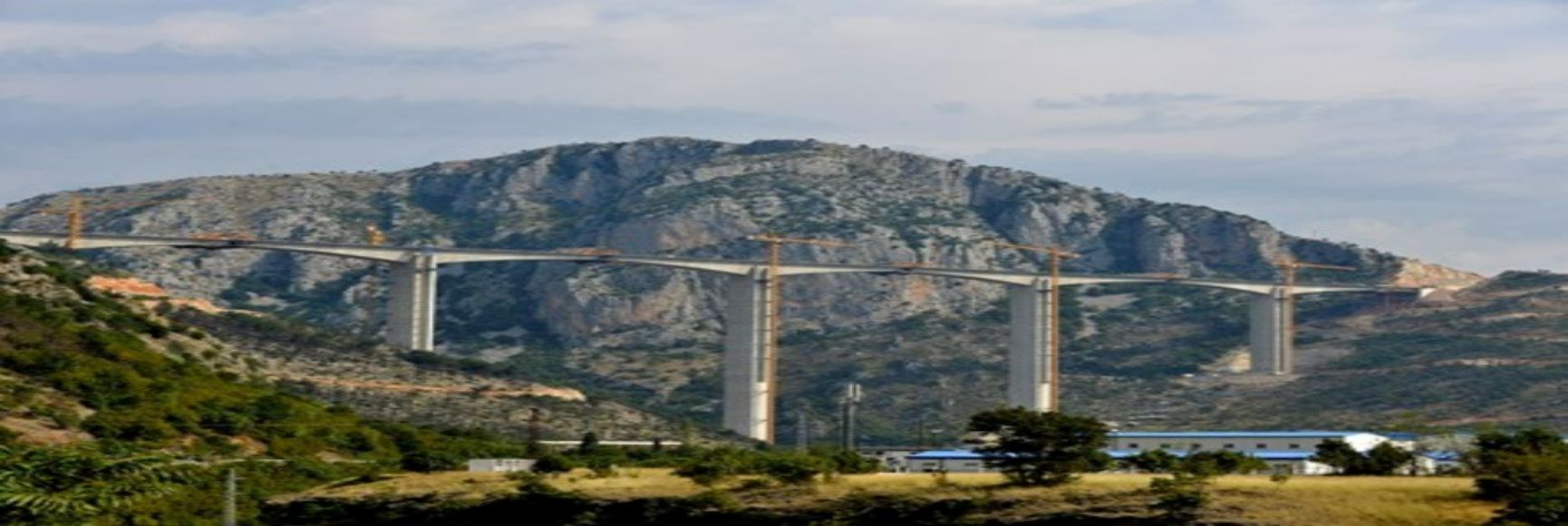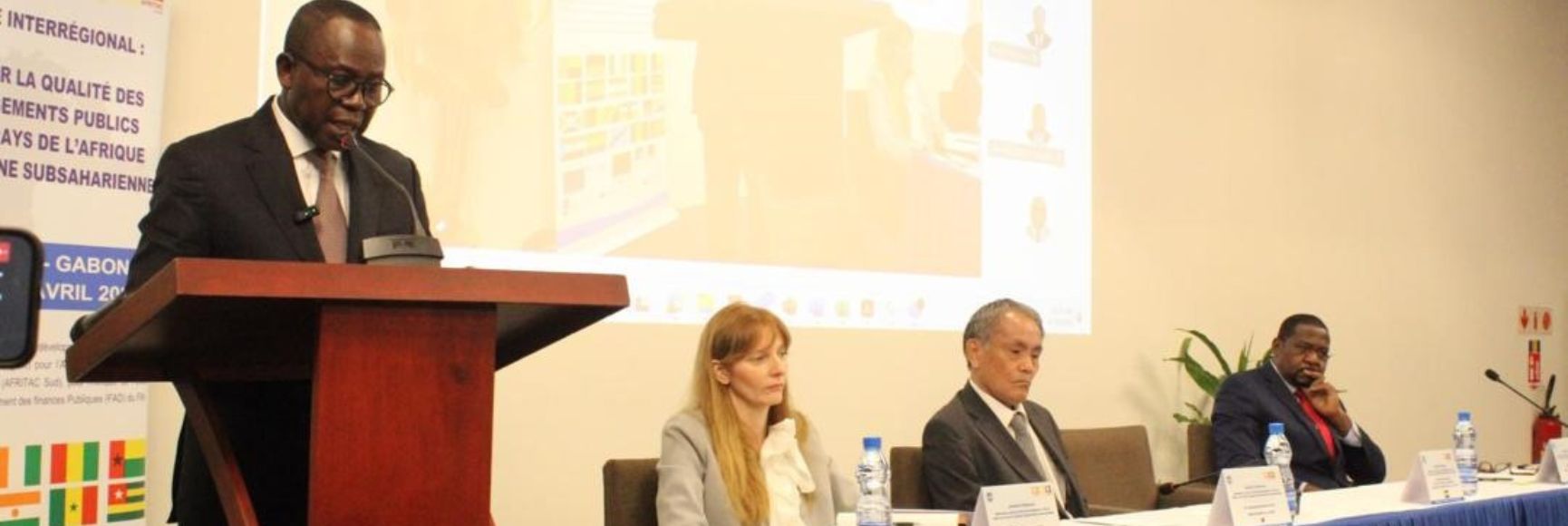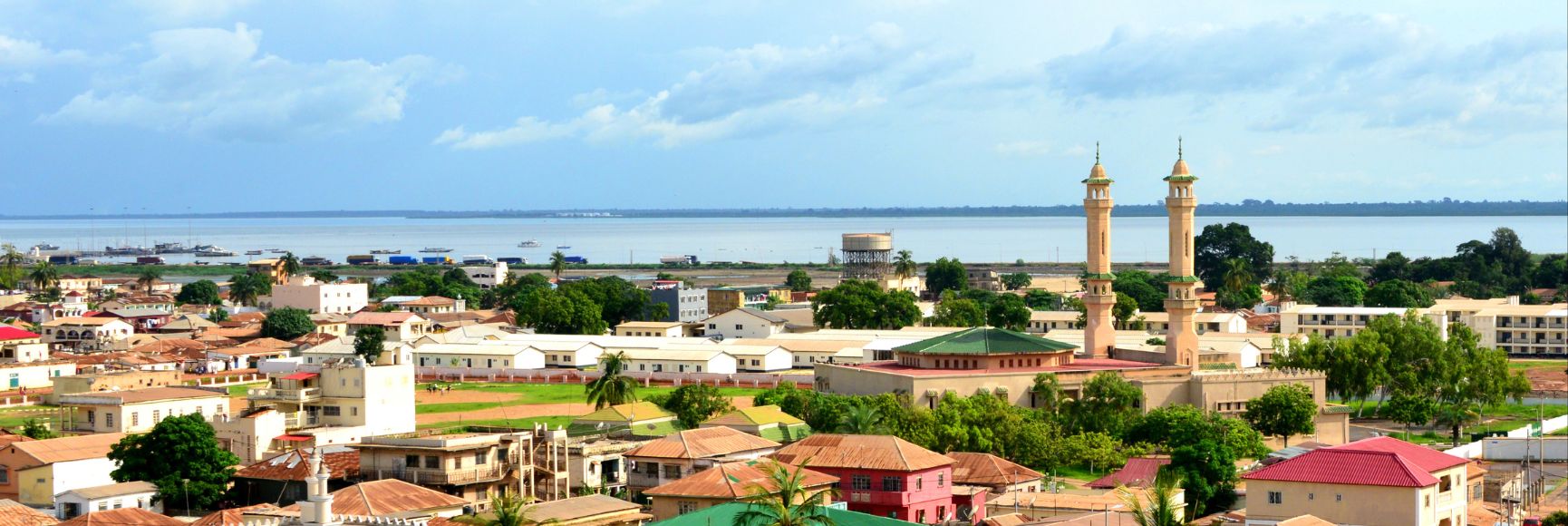By the end of 2021, Montenegro was close to completing the first out of four sections of the most complex infrastructure project in the country’s history: the Bar-Boljare Highway, connecting its coastal region with the Serbian road network. The country was literally about to reach the “light at the end of the tunnel”. The project was not only challenging from an engineering perspective – multiple bridges and tunnels through a mountainous terrain – but also from a fiscal perspective. At an estimated cost of almost 20 percent of GDP, the construction of the first section of this road has had a significant impact on the country’s public finances and was made more challenging with the arrival of the pandemic.
The completion of the first phase of the project provides space for the government to implement new infrastructure projects, and to test the robustness of the existing PIM framework. Further improvements in this framework will be key to ensuring that capital investments provide the highest return to the country within a sustainable fiscal outlook. Montenegro’s neighboring countries are also implementing reforms to enhance the efficiency of PIM and increase the impact of public investments.
Against this backdrop, the Montenegrin authorities decided to undertake a Public Investment Management Assessment (PIMA)[1] which would help in identifying opportunities for strengthening infrastructure governance that could lead to a higher efficiency in spending, that is, achieve a “bigger bang for every buck”. The assessment, completed in July 2021, identified that the institutional framework governing PIM is relatively stronger than those of low-income developing countries and emerging market economies. Laws on budget and fiscal responsibility, public procurement, and public-private partnerships (PPP) – supported by guidelines and regulations - have been introduced to support competition, transparency, and sustainability of public finances.
Overall, the design of PIM institutions is relatively strong, though there is room for improvement in project planning and appraisal (Figure 1), and in identifying project-related fiscal risks. However, the effectiveness of the Montenegrin framework appears to be low in many areas, implying that the good practices intended under the existing regulations are not being fully adhered to, undermining the impact on public investments (Figure 2). An example of this is the repeated breaching of fiscal targets and rules, which suggests that these targets do not ensure that major investment projects are fiscally sustainable. A complex strategic planning framework, weakly enforced project appraisal practices, and a limited review process also undermine the government’s capacity to select projects with the highest impact on growth.
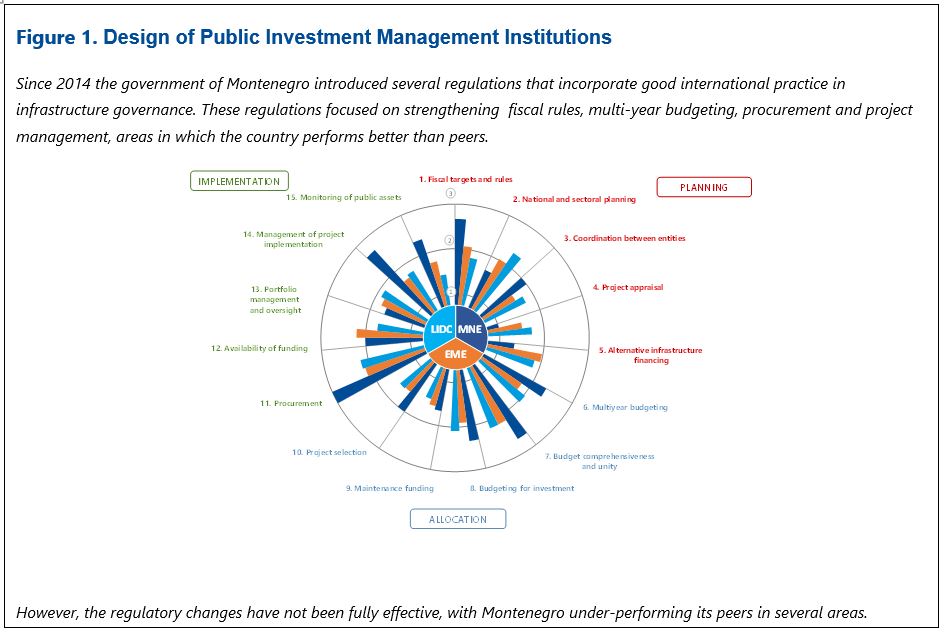
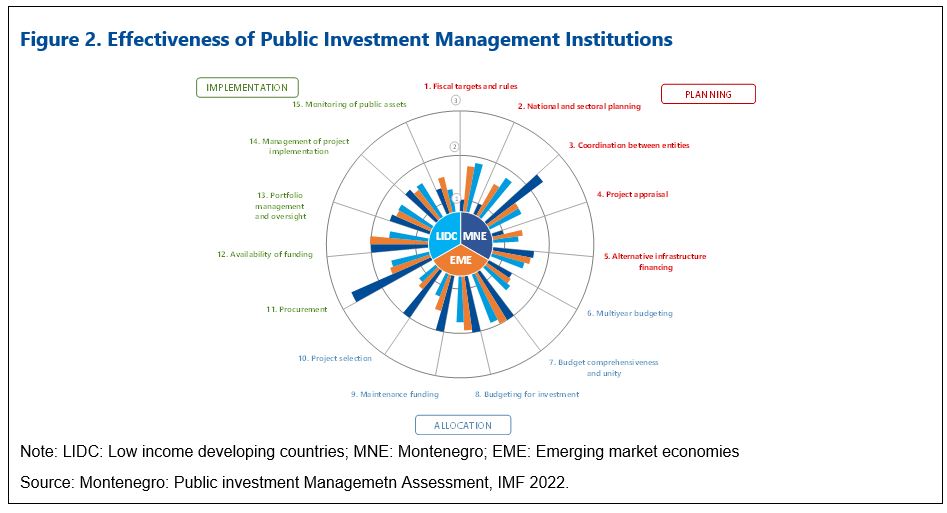
The authorities of Montenegro have confirmed their interest in continuing reforms to improve infrastructure governance. This is a timely decision given that there are key investment projects on the horizon, including the next phase of the Bar-Boljare project, with only limited fiscal space to implement them. Thus, the speed with which the gaps identified by the PIMA are addressed and the effectiveness with which the PIM framework is implemented will determine how effective public investment will be in supporting economic recovery going forward.
The assessment was completed under the program Revenue Administration and Public Financial Management Reforms in Southeast Europe that covers six Balkan beneficiaries [2] and receives financial support from the European Union and the Swiss State Secretariat for Economic Affairs. The detailed findings of the assessment can be found in the full document published in the Fund’s website (https://infrastructuregovern.imf.org/), along with a brief description of public investment in the country, and a proposed action plan for strengthening infrastructure governance.
[1] The PIMA is comprehensive framework to assess infrastructure governance practices in a country by evaluating 15 institutions involved in the three key stages of the public investment cycle: (i) planning of sustainable investment across the public sector; (ii) allocation of investment to the right sectors and projects; and (iii) implementation of investment projects to deliver productive and durable public assets. The PIMA assesses both the institutional strength – organization, rules, policies and procedures – and the effectiveness of public investment – the degree to which the intended purpose is being achieved (https://infrastructuregovern.imf.org/content/PIMA/Home/PimaTool/What-is-PIMA.html).
[2] Albania, Bosnia and Herzegovina, Kosovo, Montenegro, North Macedonia, and Serbia are beneficiaries of the program.

